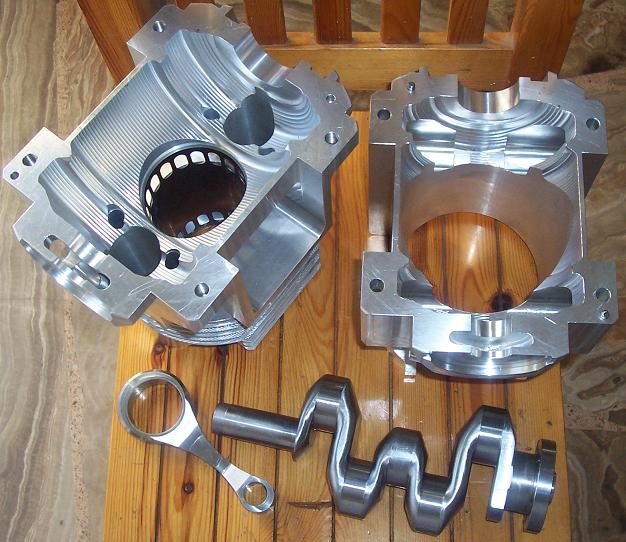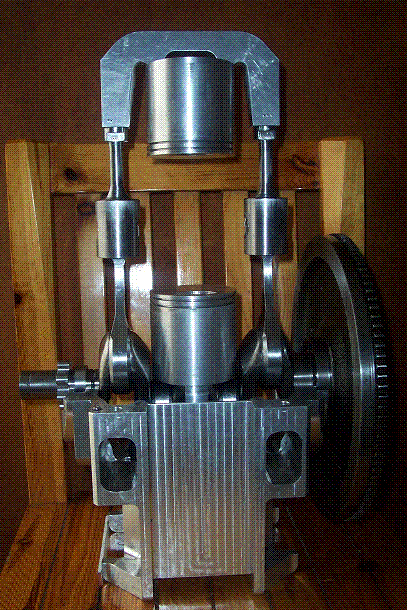You write for the advantages of the liquid cooling.
The air cooling has its own advantages.
The Rotax 914 is a turbo-charged, four-stroke, four-cylinder, horizontally opposed aircraft engine with air-cooled cylinders and water-cooled cylinder heads.

The cooling system of the ROTAX 912 is designed for liquid cooling of the cylinder heads and ram-air cooling of the cylinders.
Using liquid cooling allows a smaller engine package. This is mostly due to the fact that air cooling fins make the cylinder head larger, when the head is larger the crankshaft must be larger, this means the crankcase must be larger and so on…
Liquid cooling also allows tighter tolerances of the engine components by controlling the temperature extremes.
This allows reduced weight and increased power.
Some Porsche Boxer engines (for cars and airplanes) use similar cooling: liquid cooling for the cylinder heads, air cooling for the cylinders.
The ULpower uses air cooling for the cylinders and the cylinder heads.
So, there are decent / expensive / reliable aero-engines using air colled cylinders.
OPRE TILTING
The OPRE Tilting engines of the Portable Flyer have no cylinder heads, only cylinders.

The flow of cool air from the propellers on the cylinders is more than adequate at all conditions.
The thrust loads are taken away from the red hot exhaust ports (i.e. from where the scuffing of the conventional two-strokes typically starts).
The inner cooling on the back-side of the piston crown is better than in the typical 2-strokes.
The hottest area of the cylinder is around the exhaust port.
But in the OPRE the combustion completes substantially sooner (the increased dwell of the pistons at their Combustion Dead Centers, due to the pulling rod architecture, leaves less energy into the exhaust gas (i.e. the exhaust gas temperature is lower), which in turn lowers the exhaust ports temperature).
As for the increased power concentration (kW/Kg) of the water cooled 2-strokes, the OPRE Tilting is so lightweight (due to its architecture) that there is no such issue. Its power cencentration is expected extreme because, among others, it is extremely lightweight.
I asked you what is the weight and the capacity of your liquid-cooled two-stroke. I wanted to compare it with the air cooled OPRE Tilting.
I also asked you for the reasoning behind using ethanol as fuel in your autogyro.
I know it is your right to use any fuel you like.
But when someone (who knows that the ethanol is too heavy for its energy content) hears that a guy uses ethanol in his Flying Device, he can’t help thinking “do I miss something?”.
Thanks
Manolis Pattakos




